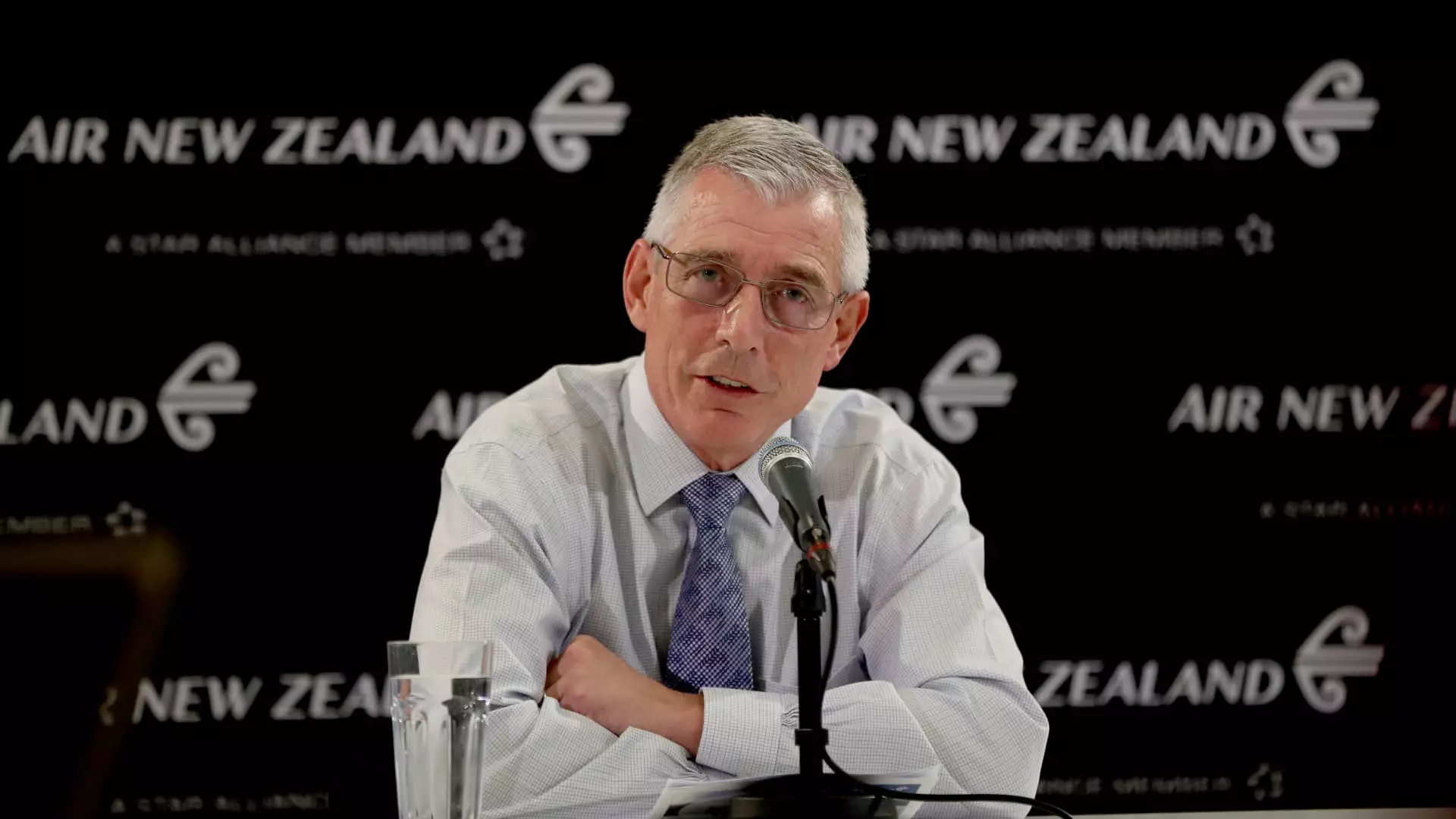As air travel becomes an increasingly integral part of modern life, the demand for reliable, high-speed internet has surged. Gone are the days when soaring at 30,000 feet meant disconnecting from the digital world. Instead, the airline industry is on the cusp of a revolution in in-flight connectivity, with major players paving the way for seamless internet access—a feature that many travelers have long awaited. This article will explore the advancement of Wi-Fi on airplanes, focusing on the influence of SpaceX’s Starlink services, and how these developments will reshape the travel experience.
In-flight Wi-Fi has traditionally been a mixed bag for passengers, with many experiencing slow speeds and unreliable connections. Discontent has led to a growing number of travelers expressing their frustrations over poor connectivity options. Airlines have historically struggled to deliver the robust internet service that customers have come to expect in their everyday lives. However, recent developments, particularly in satellite technology, have prompted a shift towards a more dependable and effective solution for in-flight internet connectivity.
One of the most promising technological advancements to surface in this domain is SpaceX’s Starlink. This ambitious satellite internet constellation aims to provide high-speed internet across the globe through a network of thousands of low Earth orbit satellites. Air New Zealand recently underscored its commitment to enhancing passenger connectivity by announcing the integration of Starlink services on its domestic flights starting in late 2024. This decision marks a significant step forward for the airline in addressing the ever-growing expectations for reliable in-flight services.
Starlink’s offering enables a range of internet activities, from streaming movies to sending messages and even working remotely—an important consideration as the line between work and leisure blurs. The ability to access dependable internet, even in remote locations, will open up vast possibilities for business travelers and leisure passengers alike.
United Airlines has also jumped on the Starlink bandwagon, signing what has been described as the industry’s largest agreement to implement the satellite service. With plans to roll out Starlink across its entire fleet of over 1,000 aircraft in the coming years, passengers can expect to experience a significant upgrade in their in-flight internet experience. The promise of fast and reliable connectivity, including in regions previously deemed unreachable—such as mid-ocean and polar areas—positions Starlink as an attractive option for commercial airlines.
These initiatives stem from a deep recognition that passengers are not simply looking for internet access, but for a quality experience that matches their terrestrial lives. Features like live streaming, online gaming, and e-commerce transactions can transform dull hours spent in the air into engaging and productive experiences, reinforcing the need for airlines to prioritize high-speed connectivity.
Contrasting with previous models of charging for internet access during flights, both Air New Zealand and United Airlines have signaled their intention to provide Starlink services at no additional cost to travelers. This shift towards incorporating connectivity into ticket prices may resolve a significant pain point, making flights not only more enjoyable but also more affordable for passengers who favor uninterrupted internet access.
This strategic move aims to enhance the overall travel experience, positioning these airlines as customer-centric brands. As the industry moves forward, the transition to free or integrated internet services may compel other airlines to reconsider their approach, potentially leading to a new industry standard.
Looking Ahead: A Connected Sky
The evolution of in-flight connectivity promises a fundamental change in how passengers experience air travel. With airlines like Air New Zealand and United Airlines leading the charge by adopting Starlink services, we are set to witness a transformation characterized by fast, reliable, and free connectivity. The implications of this shift extend beyond convenience; they represent the future landscape of airline travel, where passengers can remain connected, entertained, and productive.
As the industry continues to navigate this exciting transition, one thing is certain: the sky is no longer a limit but rather an extension of our everyday digital lives. With the help of innovative technologies like Starlink, the days of spotty Wi-Fi are numbered, ushering in an era marked by seamless connectivity and improved passenger experiences.

